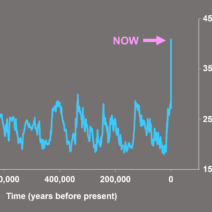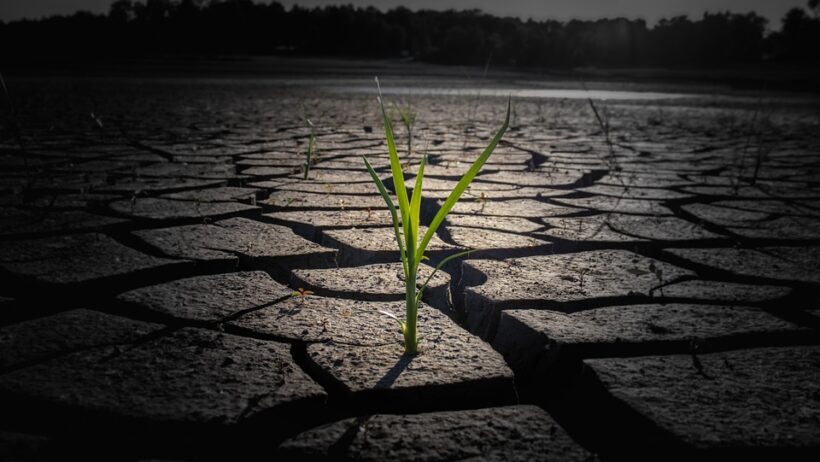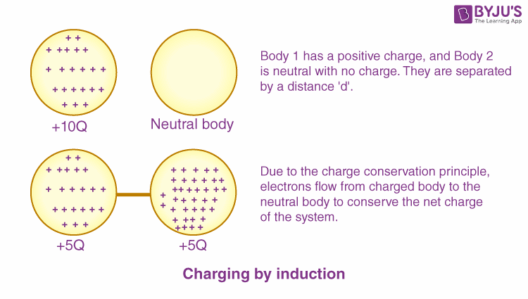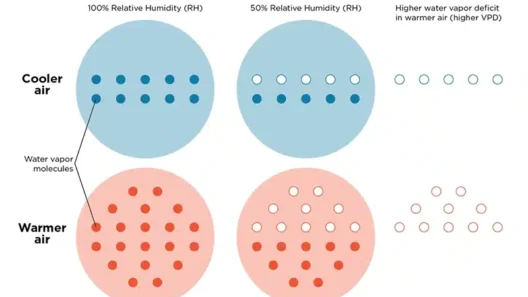The issue of littering in the ocean is a pervasive and pressing environmental crisis that merits scrutiny beyond surface-level observations. While the phenomenon of ocean litter may initially appear unrelated to global warming, an intricate web of interactions exists between these two concerns. An exploration of how littering in our oceans contributes to climate change can illuminate the broader implications of pollution and its subtle yet potent effects on the global ecosystem.
To understand the relationship between ocean litter and global warming, one must first grasp the scope of ocean pollution. Various types of waste, including plastics, metals, and organic matter, accumulate in aquatic environments, resulting in deleterious effects on marine life and ecosystems. Plastics, in particular, represent a critical component of ocean litter, with an estimated 11 million metric tons entering the ocean annually. This staggering figure illustrates the urgency of addressing this issue, as these materials do not biodegrade but rather fragment into microplastics, consequently permeating marine food webs.
One of the fundamental concerns surrounding ocean litter is its influence on oceanic health and, by extension, the global climate. Marine organisms, from the smallest plankton to the largest whales, are impacted by the presence of litter. Marine life often ingests plastic particles or becomes entangled in larger debris, leading to physical injuries and mortality. The repercussions extend beyond immediate harm; the decline in marine populations disrupts ecological balance, subsequently affecting carbon sequestration, a critical process in mitigating climate change. Healthy marine ecosystems, notably mangroves, seagrasses, and coral reefs, play pivotal roles in capturing carbon dioxide from the atmosphere. As these habitats deteriorate due to litter, their ability to sequester carbon diminishes, indirectly exacerbating global warming.
Furthermore, littering influences the surface properties of the ocean, which can alter local climates. Waste material floating on the water’s surface can create a barrier that affects water temperature and salinity, disrupting the delicate balance of marine ecosystems. The resultant alterations can influence weather patterns and oceanic currents, contributing to changes that may amplify climate change effects. For instance, warmer ocean surfaces can lead to increased evaporation rates, ultimately resulting in intensified precipitation and more severe weather phenomena. Therefore, littering does not merely represent an aesthetic blight; it has tangible and consequential impacts on climate dynamics.
Moreover, the interaction between litter and microalgae presents another avenue through which ocean pollution connects to climate change. Marine litter, particularly plastic, can serve as a substrate for harmful algal blooms (HABs). These blooms can deplete oxygen levels in water, leading to dead zones that further compromise fish populations. A decline in fish stocks not only threatens food security for millions but also reduces the ocean’s capability to act as a carbon sink, reinforcing the cycle of global warming.
The process of ocean litter breakdown also emits greenhouse gases. As litter breaks down, especially organic waste, it can release methane and nitrous oxide—both potent greenhouse gases—into the atmosphere. These emissions arise from anaerobic bacterial processes in marine environments, particularly when organic matter accumulates in hypoxic conditions typical of areas with high litter concentrations. The contribution of these gases, although less visible than carbon dioxide performance, constitutes an undeniable factor in the broader context of climate change.
Addressing the littering epidemic in our oceans thus becomes not only an imperative for marine conservation but also a crucial component of global climate action. Strategies to mitigate ocean pollution can significantly bolster efforts to combat climate change. Advocacy for reduced plastic use, enhanced recycling programs, and stricter regulations around waste management are essential steps. Public awareness campaigns can also drive grassroots movements, inspiring individuals and communities to participate in cleanup initiatives. Collaboration is key; policymakers, scientists, and citizens must unite in their endeavors to bring about systemic change.
Education plays a pivotal role in this transformative process. Increased awareness about the interconnectedness of ocean health and global climate is vital. For example, local workshops, school programs, and social media campaigns can effectively enlighten individuals about the significance of reducing litter. Encouraging practices such as beach cleanups not only fosters community engagement but also instills a sense of responsibility toward the environment. Collective action can yield measurable results, fostering a culture that prioritizes sustainability and recognizes the consequences of pollution.
As we advance into a future increasingly challenged by climate change, the implications of littering cannot be relegated to mere local tragedies; they possess far-reaching consequences on global scales. Understanding the multifaceted relationship between ocean litter and climate change is critical for developing effective environmental policies. The ocean—a vital component of Earth’s life support systems—must be safeguarded, as its health is inextricably linked to the overall equilibrium of our planet’s climate. The call to action is clear: we must endeavor to protect our oceans not only for their own sake but also for the sake of a stable climate and a sustainable future for all life on Earth.






